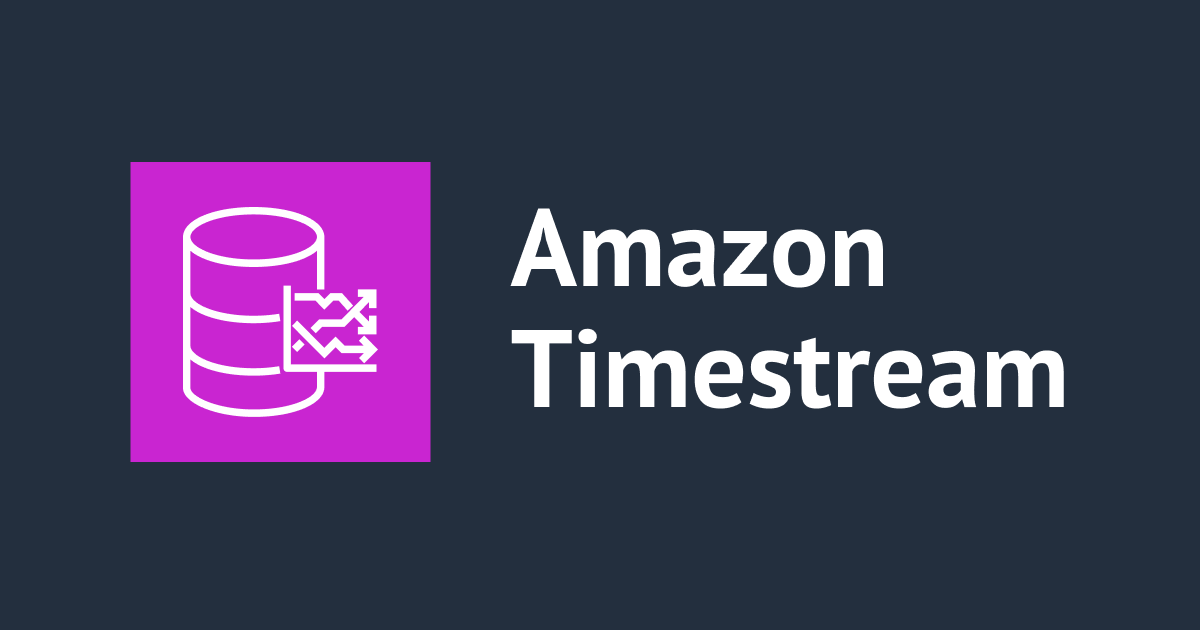![[Report]Architecting for sustainability#AWSSummit](https://devio2023-media.developers.io/wp-content/uploads/2022/05/bnr_AWS_smt_india_1200x630-_SR.png)
[Report]Architecting for sustainability#AWSSummit
Hello, This is Aayush from AWS Business Headquarters.
In this article, the AWS Summit Online India 2022 online session "Architecting for sustainability" Was held on May 25, 2022 (Wednesday). Let's use aws well and also decrease the impact on the environment.”
Session overview
AWS is focused on efficiency in every aspect of our infrastructure, and builders can accelerate the sustainability of their workloads through optimisation and informed architecture patterns.
This session dives deep into techniques recommended by the AWS Well-Architected Framework and provides direction on reducing the energy and carbon impact of AWS architectures. Learn about user patterns, software design, and AWS service considerations, which organisations of any size can apply to their workloads and how to review the new Customer Carbon Footprint Tool report.
Speaker: Rohini Gaonkar, Senior Developer Advocate, AISPL
Level: 300 | Advanced
Session link:
You can check the session materials from the link below.
To see the session information, you need to register for free with AWS Summit Online 2022.
AWS Summit Online 2022 --Architecting for sustainability
* Session materials can be downloaded from the "Attachment" tab linked above.
Agenda:
- Sustainability transformation •
- Partnering with AWS on sustainability •
- How to architect for sustainability •
- Demo - AWS Customer Carbon Footprint Tool
Report
Sustainability Transformation Challenges
- How do I identify carbon emission hotspots?
- How do I reduce energy and water usage in my operations?
- How can I innovate faster to achieve sustainability transformation?
- How do I collaborate with others in my value chain to reduce carbon emissions?
Your Sustainability Journey and AWS
- Migrate
- Take advantage of the cloud and AWS efficiency and Reduce your carbon footprint
- Optimize
- Transform
- Access and leverage sustainability data AWS Professional Services Sustainability Practice AWS Digital Innovation and co-development
Share your Sustainability Responsibility with AWS
AWS Responsibility: making sure to efficiently utilize resources like water and electricity Customer Responsibility: making Sure to build efficient architecture and code running on AWS resources for eg: reducing idle time of running resources

Goals to optimization

Best Practices from the Sustainability Pillar
- User behaviour
- Scale infrastructure with user load •
- Align service level agreements (SLAs) with sustainability goals •
- Eliminate the creation and maintenance of unused assets •
- Optimize the geographic placement of workloads for user locations •
- Optimize team member resources for the activities performed
- Development and deployment patterns
- Analyze the utilization of your development and test environments •
- Adopt methods that allow deployment of sustainability improvements without impacting other development •
- Keep your software up-to-date •
- Use managed device farms for testing
- Software and architecture
- Reduce impact on customer devices and equipment •
- Refactor or remove workloads components with low or no use
- Optimize the areas of your code that consume the most time or resources •
- Optimize software to reduce the impact of processing scheduled or asynchronous jobs
- Use more efficient algorithms
JSON processing? See simdjson.org
-
Compression? ZSTD (not gzip)
- Use more efficient algorithms
- Hardware
- Use managed services •
- Optimize your use of GPUs •
- Use the instance types that meet your requirements with the least impact •
- Use spot fleet and support diverse instance types
- Data Management Practices
- Minimize data movement across networks •
- Identify opportunities to remove unneeded or redundant data •
- Only backup data when it would be more impactful or impossible to recreate it •
- Size block storage to fit data
- Implement a data classification policy •
- Separate compute from persistent storage •
- Use technologies that best support your data access and storage patterns
AWS Customer Carbon Footprint Tool
- Calculate carbon emissions generated from your AWS workloads
- Understand historical carbon footprint and review changes in emissions over time
- Forecast changes as AWS moves forward on path to 100% renewable power in data centers by 2025
Read this together:
[新要素]サステナビリティ(持続可能性)が6本目の柱としてAWS Well-Architectedフレームワークに追加されました #reinvent
Conclusion:
In this session i have learned the best practices with really great examples for the Sustainability Piller of AWS well-architected framework. there was a small demo for using AWS Customer Carbon Footprint Tool which I will try and blog in future. Building with sustainability in mind is not only good for the environment but can also help in cost reduction and support other Piller of AWS Well-Architected
Reference:
The images used in this blog are from presentation materials and videos provided at AWS Summit India.



![[アップデート] AWS re:Post Private で特定ユーザーにコンテンツを共有可能なチャネルが登場しました](https://images.ctfassets.net/ct0aopd36mqt/wp-thumbnail-7529141f364093fc40176005055669e2/01e342edefca4ce615a6dfe779e2346c/aws-re_Post)





